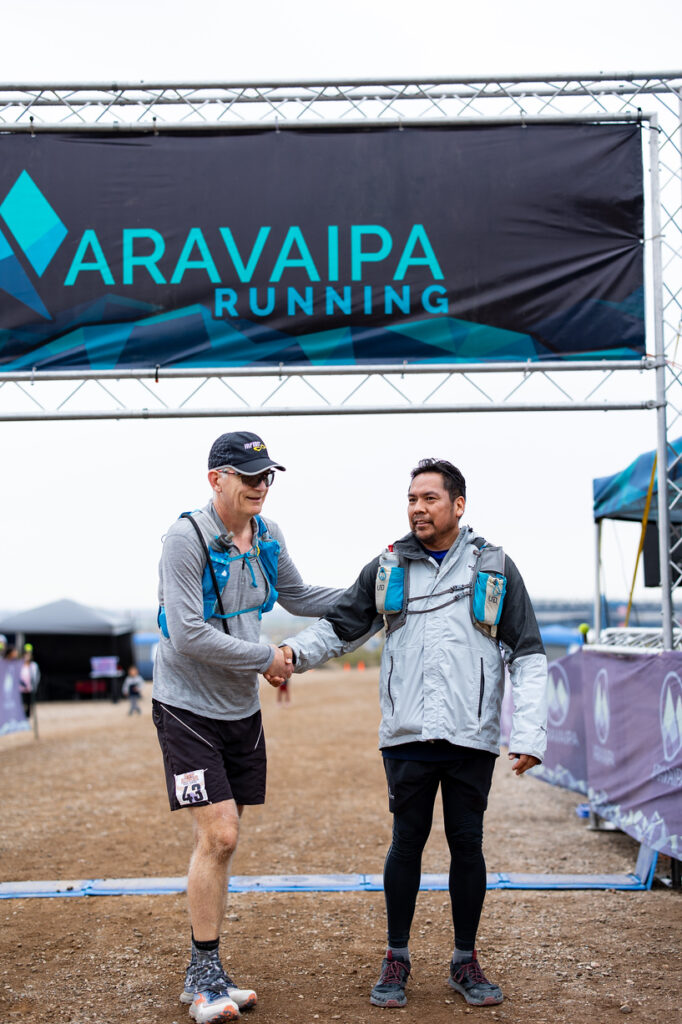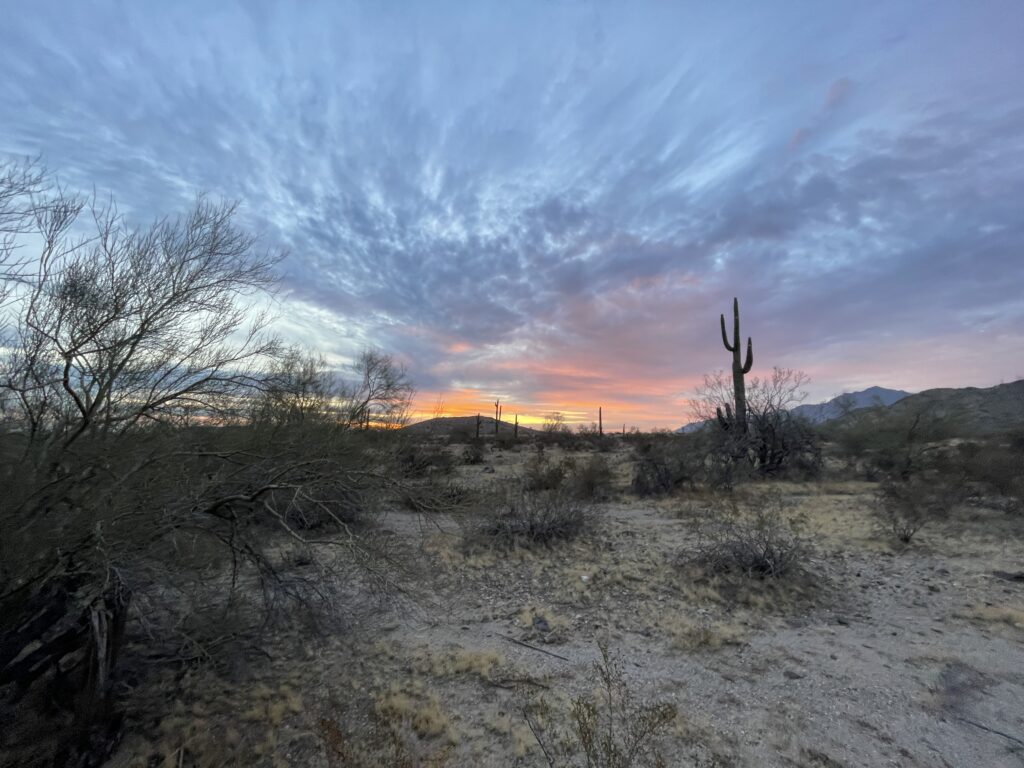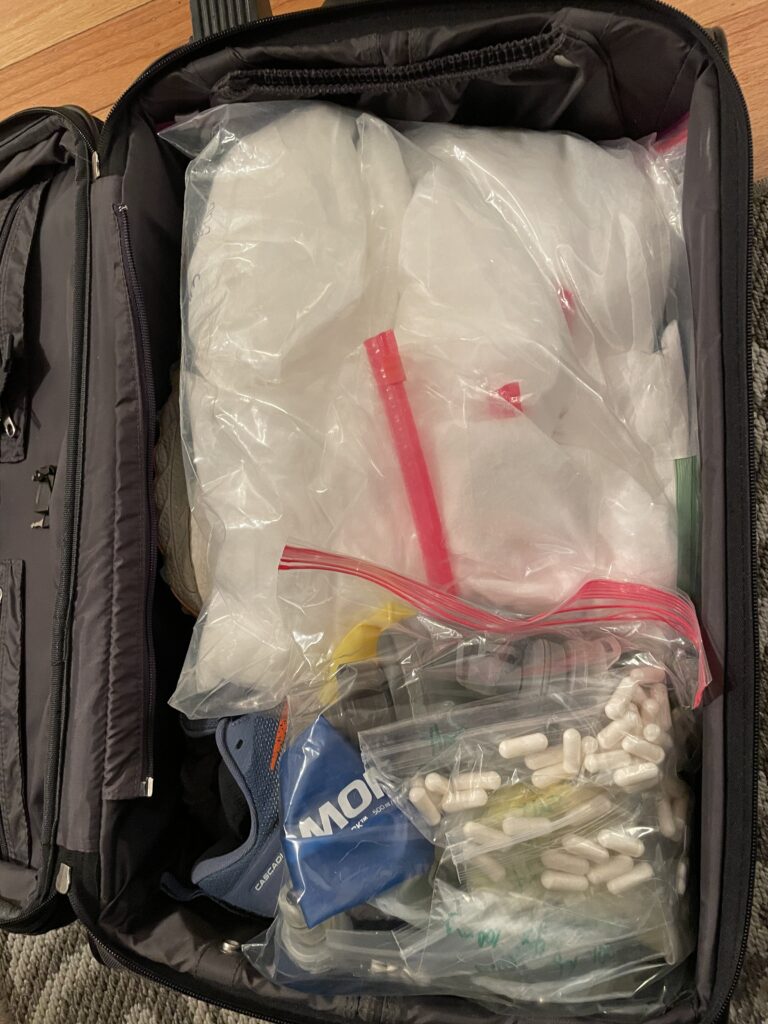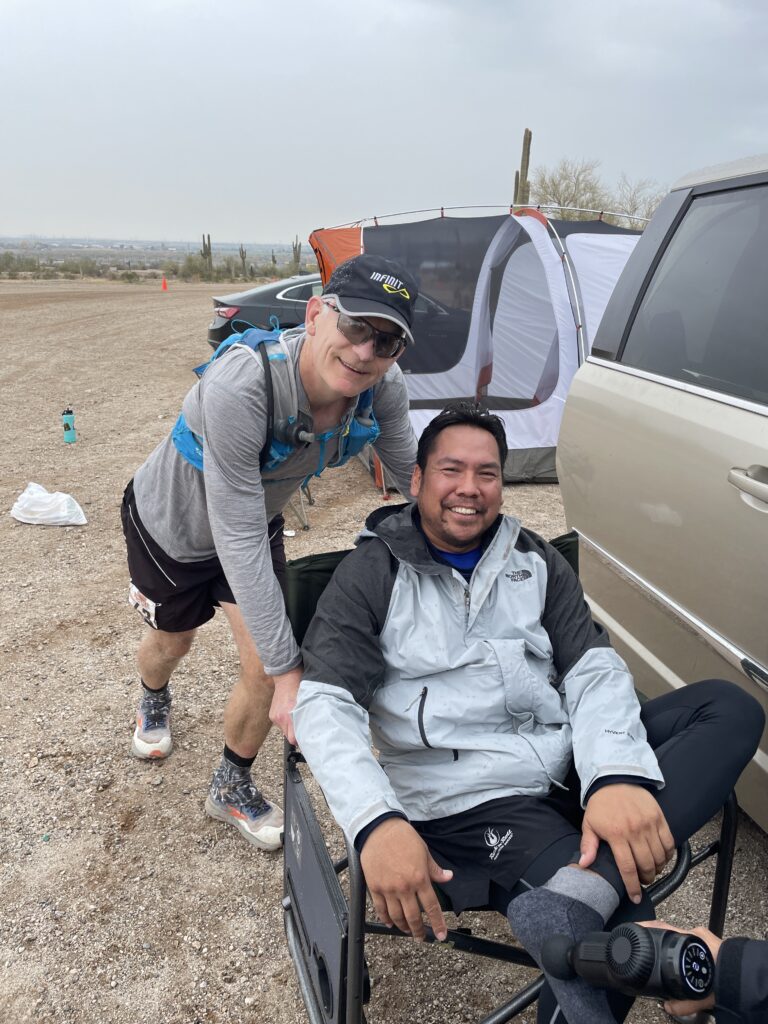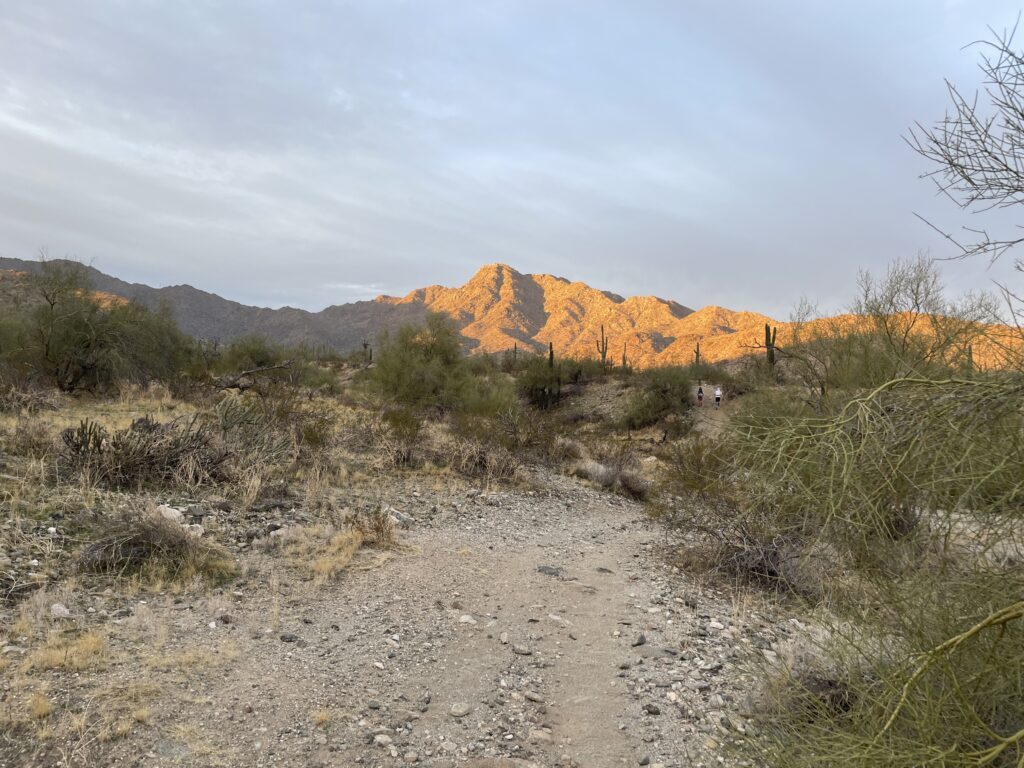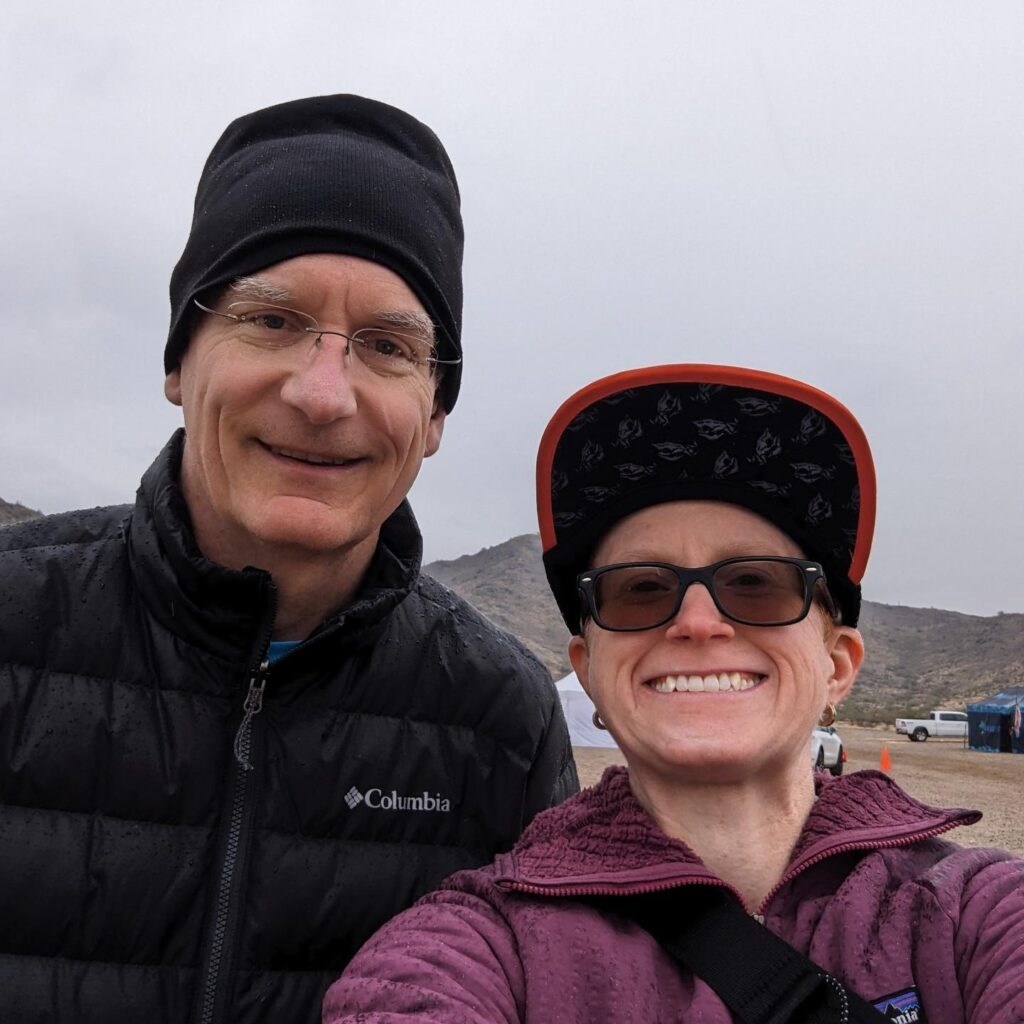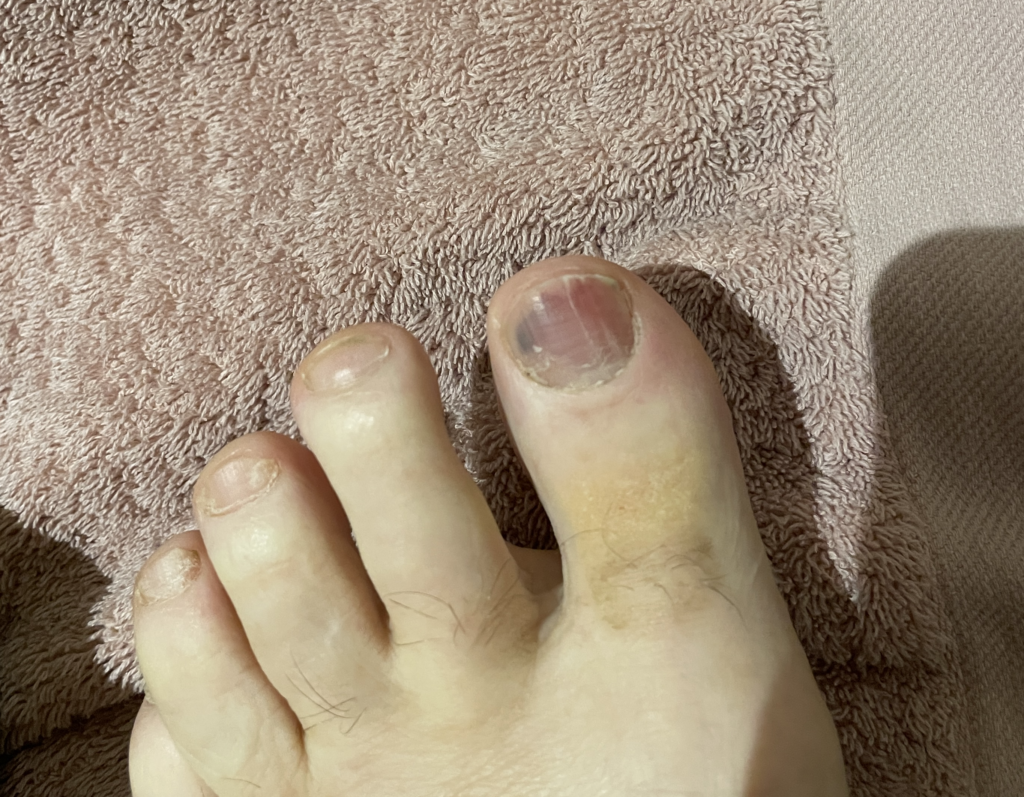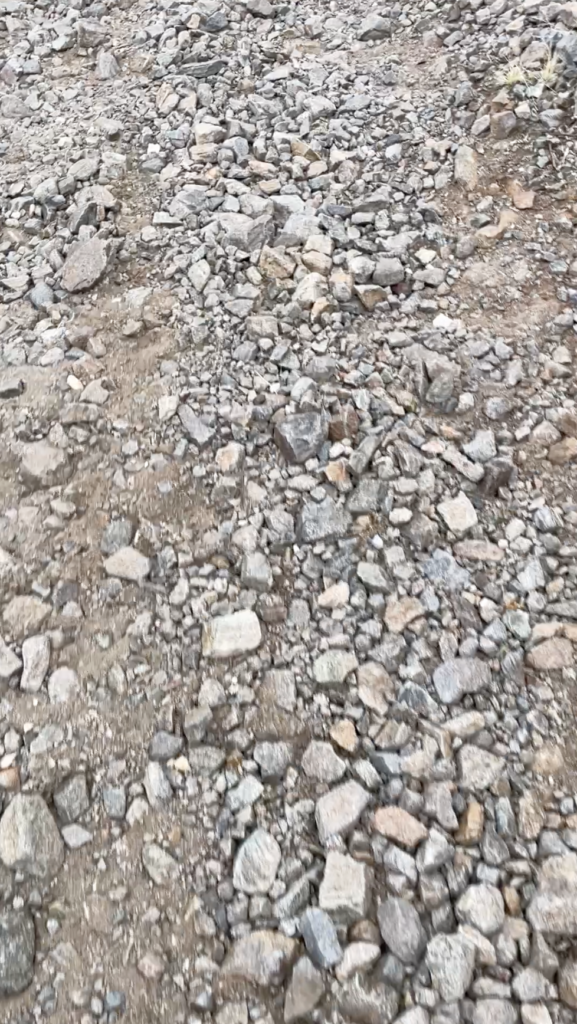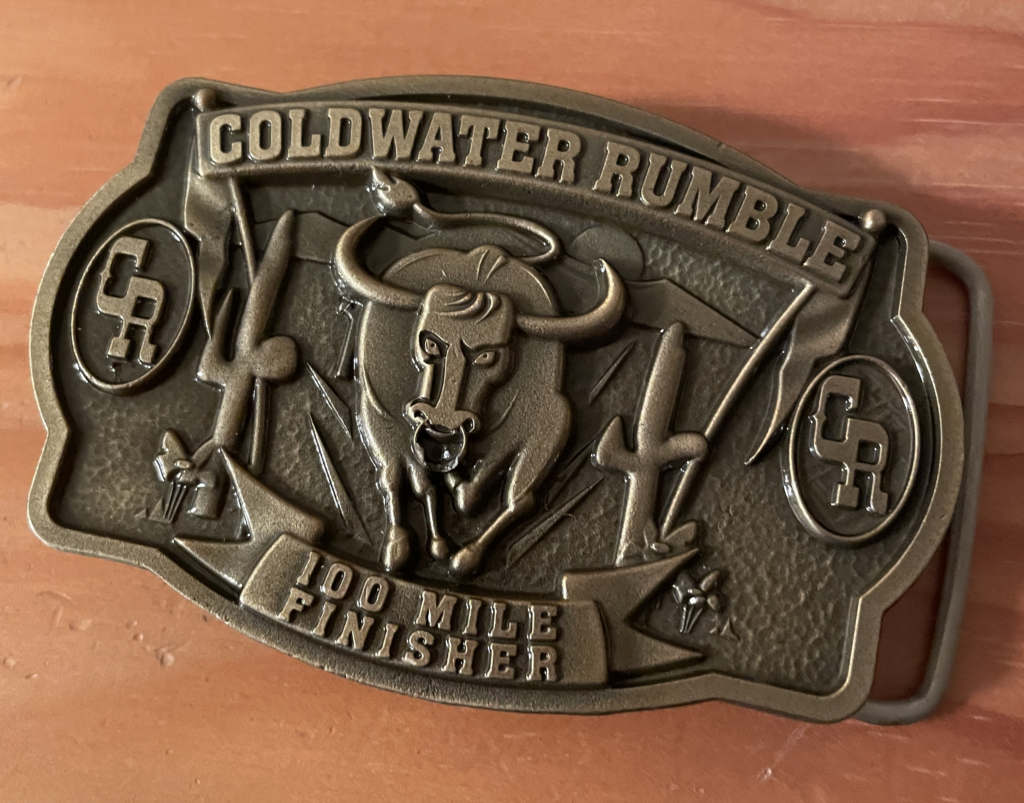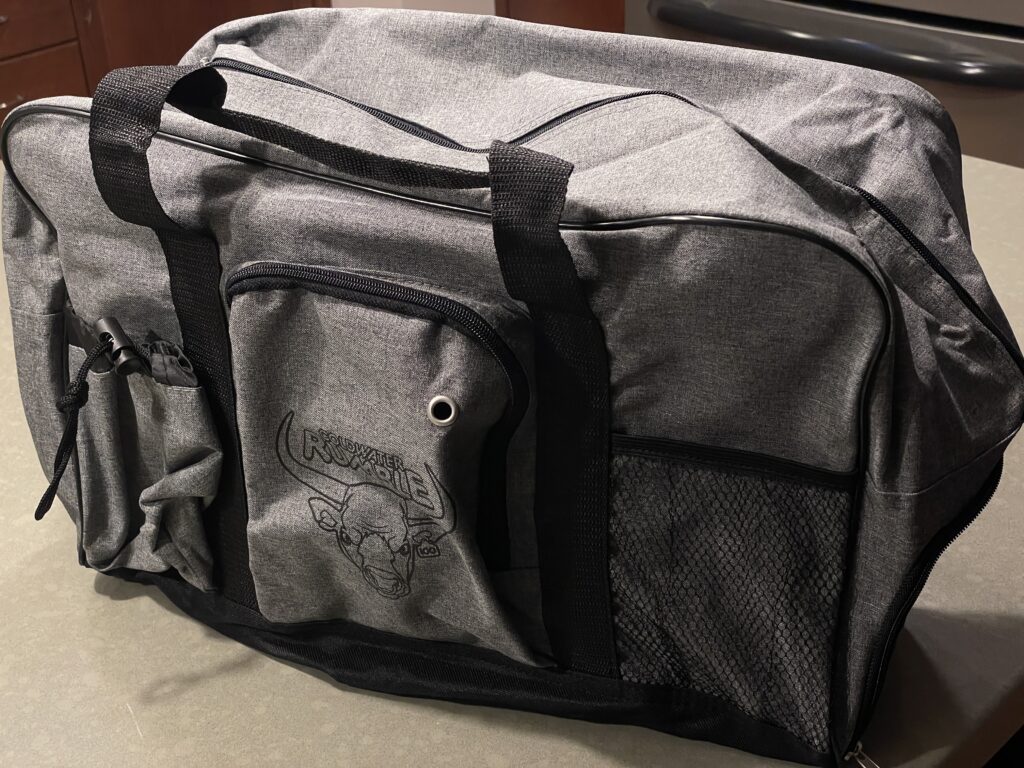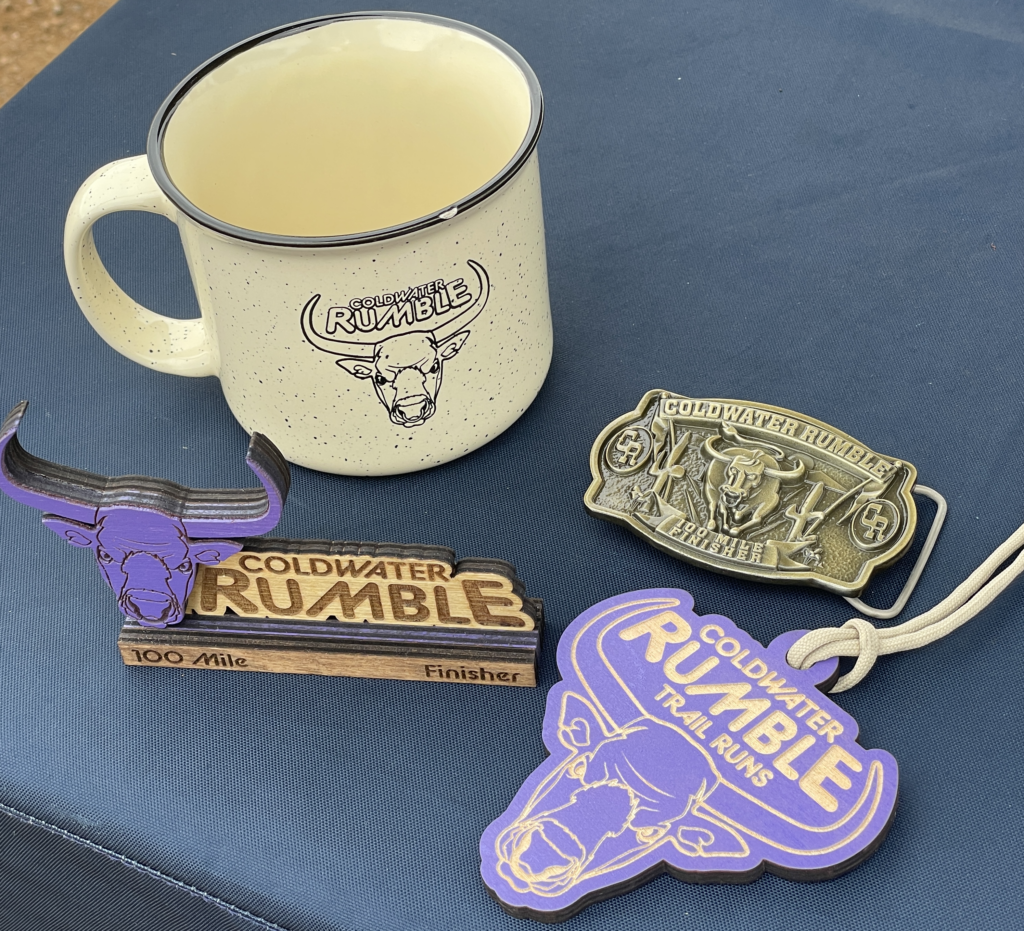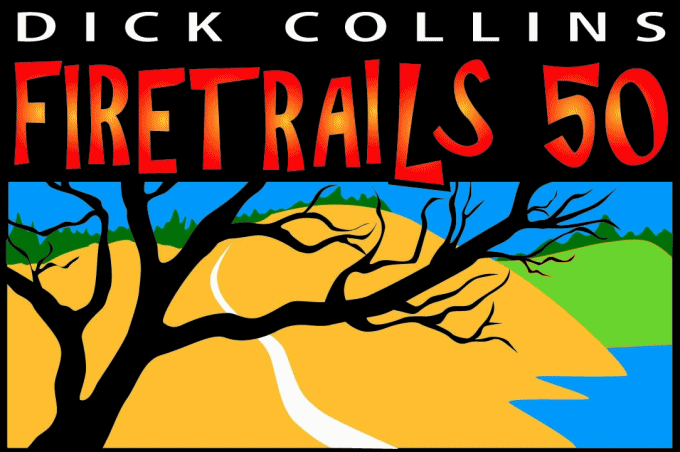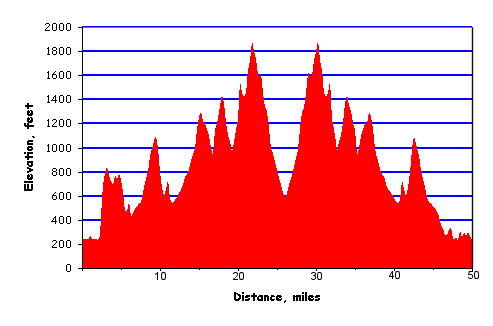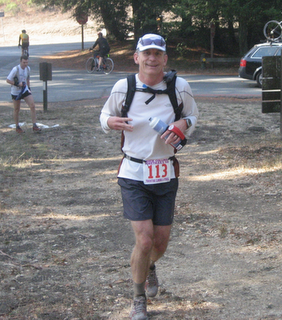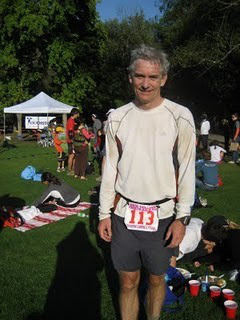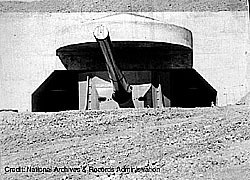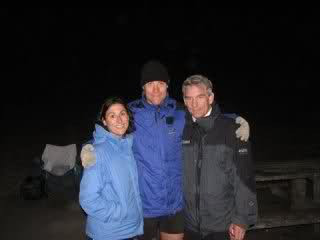During a family vacation to the UK, I slipped away for a day and went “Munro bagging.” A Munro is a mountain in Scotland that is higher than 3000 ft tall – and a popular pastime is to try to summit them all. I set out to climb 4 Munros in a day.
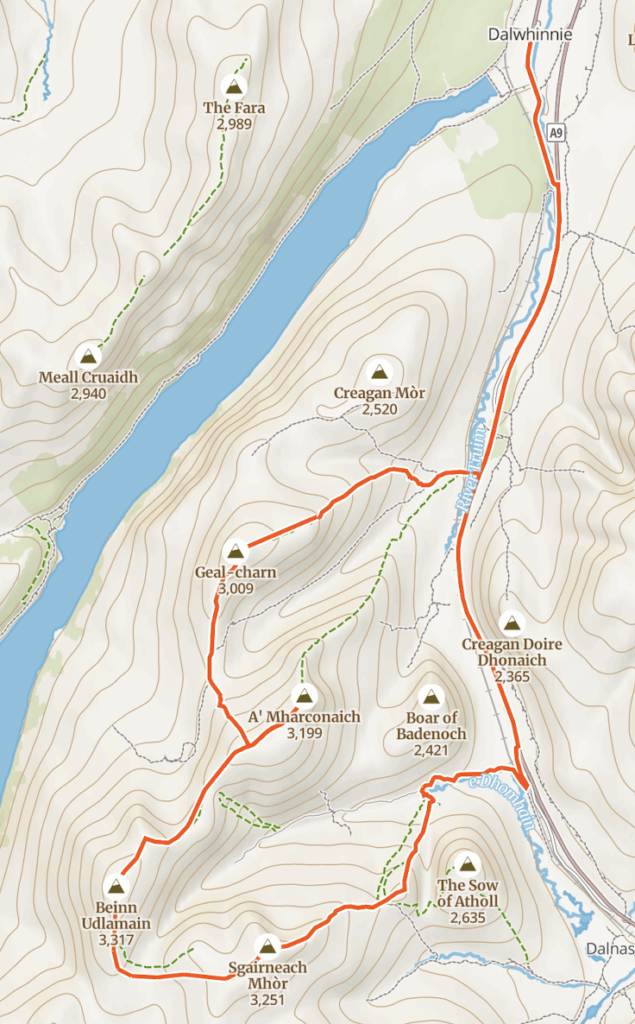
The first big logistical challenge was getting to my starting point. We were staying in Edinburgh, which is pretty far south of the Highlands. Fortunately, there’s a train station in the little village of Dalwhinnie (famous for its Scotch distillery). So I got up early and took a two hours, forty-five minutes train ride to Dalwhinnie. I had pre-arranged with The Apiary coffee house to drop a small backpack with my dry clothes – and I snuck in a quick (delicious!) snack before heading out on the run.
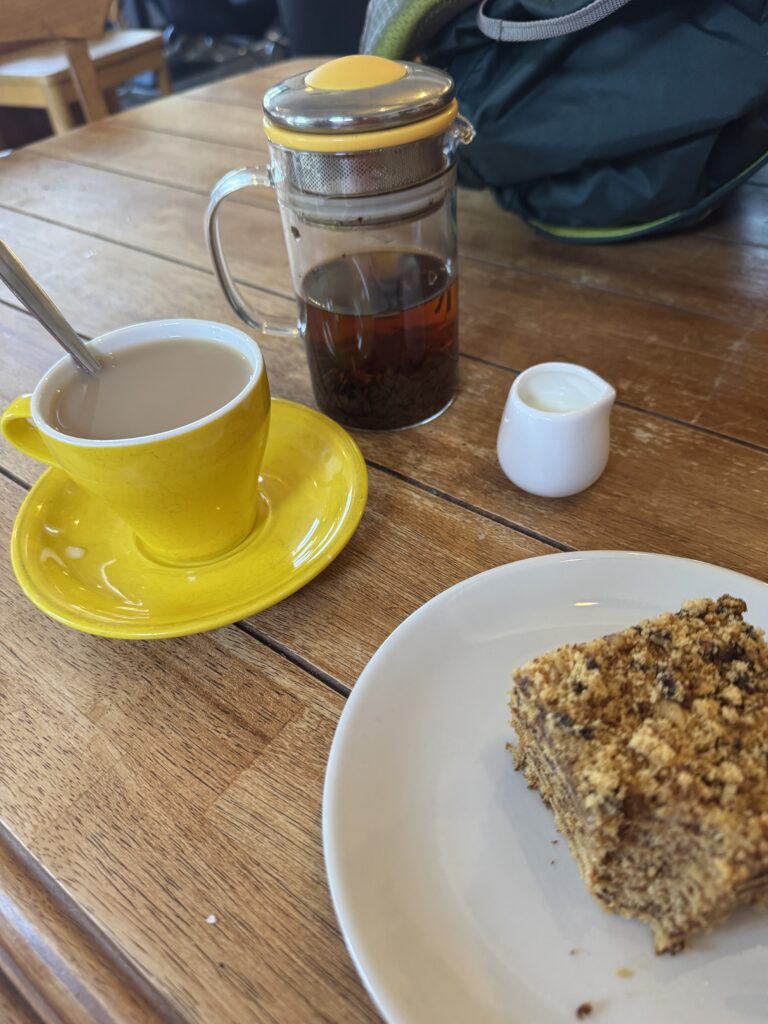
10am – Time to go!
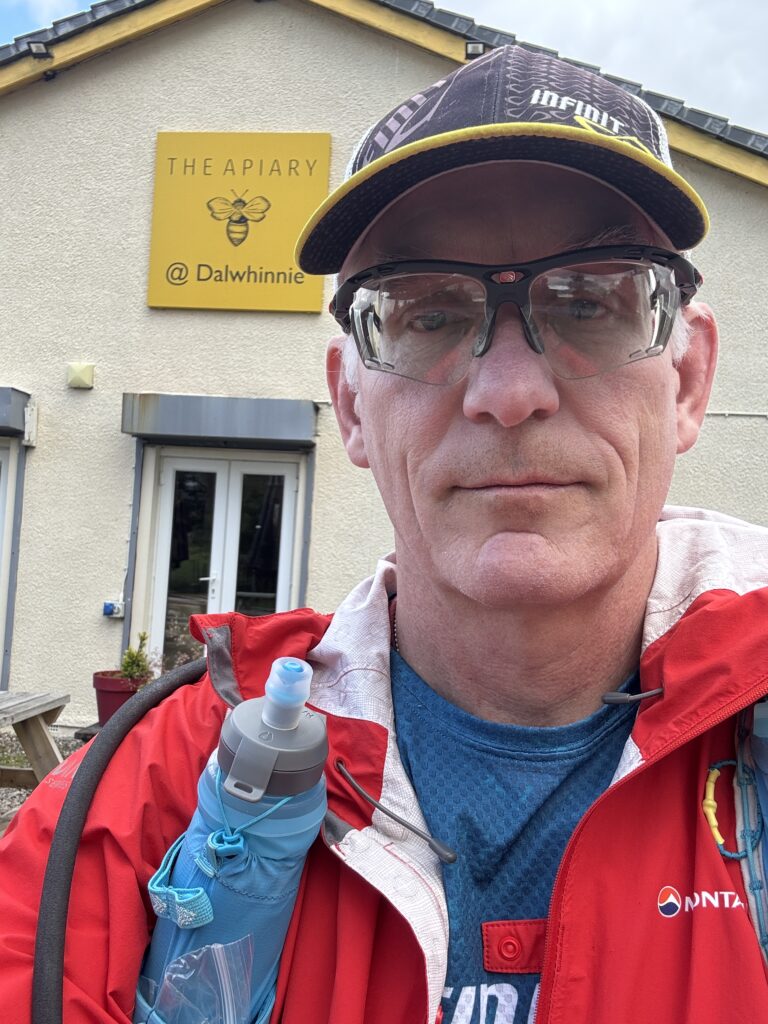
The run started with a 4 mile warmup along a bike path – this helped after the early morning long trip sitting on the train. Then a quick right turn, and you’re into the Highlands:
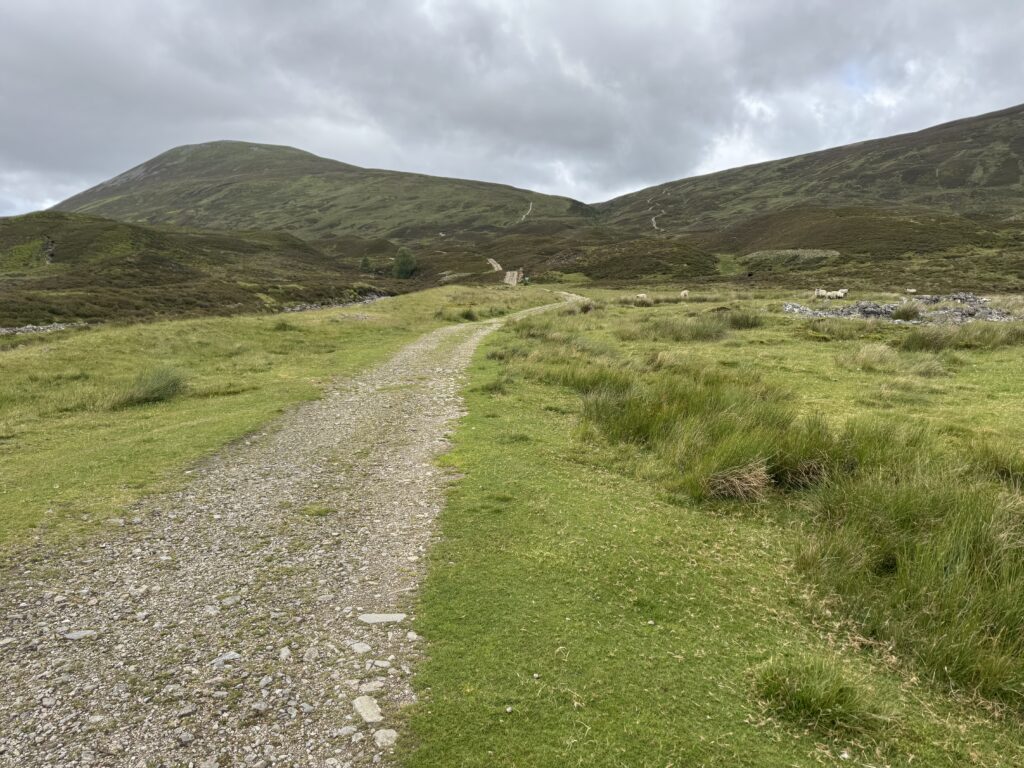
The weather was forecast to be cloudy and very windy. The cloudy part happened, and then some – there was a pretty steady rain for about 3-4 hours during the middle of the run. And the 30+ mph wind forcast turned out to be accurate, if not a little understated. The temperatures were in the low 50s, but the wind chill made it feel like it was in the high 30’s.
It. Was. Brutal.
Out on the trail I chatted with a guy hiking one of the Munros, and when he heard that I was planning on running four he laughed, and said: “Scotland’s going to make you earn it today!” Here’s a video from the summit of Geal-charn, the first Munro of the day (sound on!):
All I wanted to do was get off the summit and the whipping wind. But I did stop for a quick picture of the view looking forward into the day. The photo below shows Loch Ericht, and I think in the center is Beinn Udlamain (Munro #3)
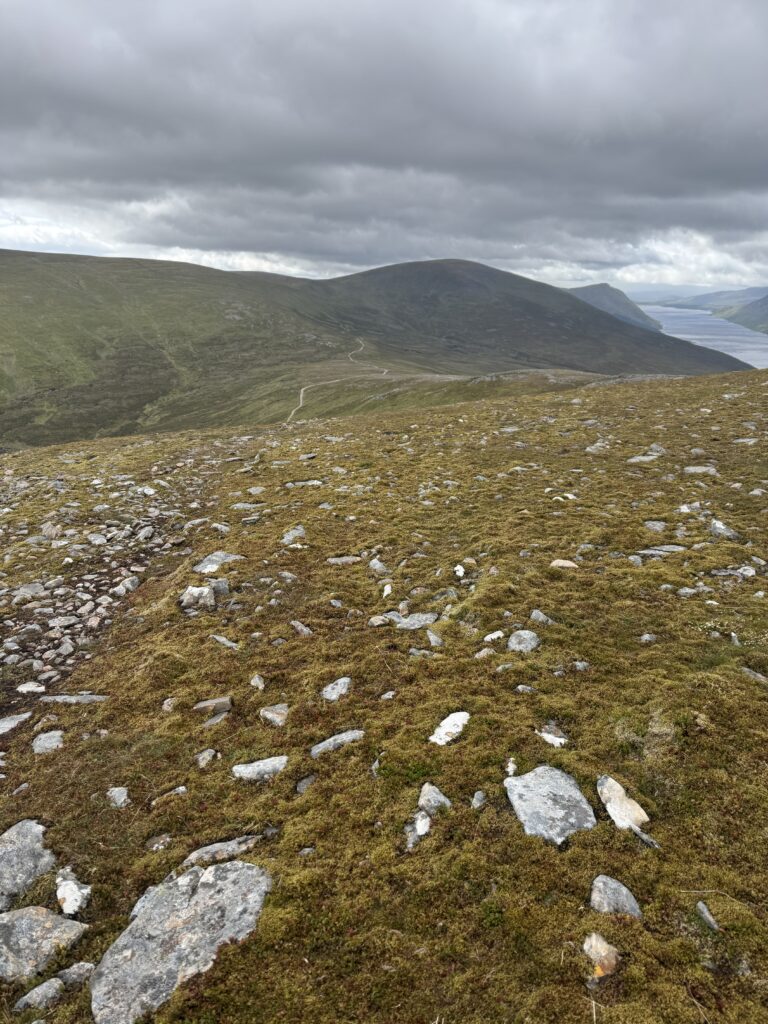
And then the rain came … so fewer pictures for the next couple of hours 🙁
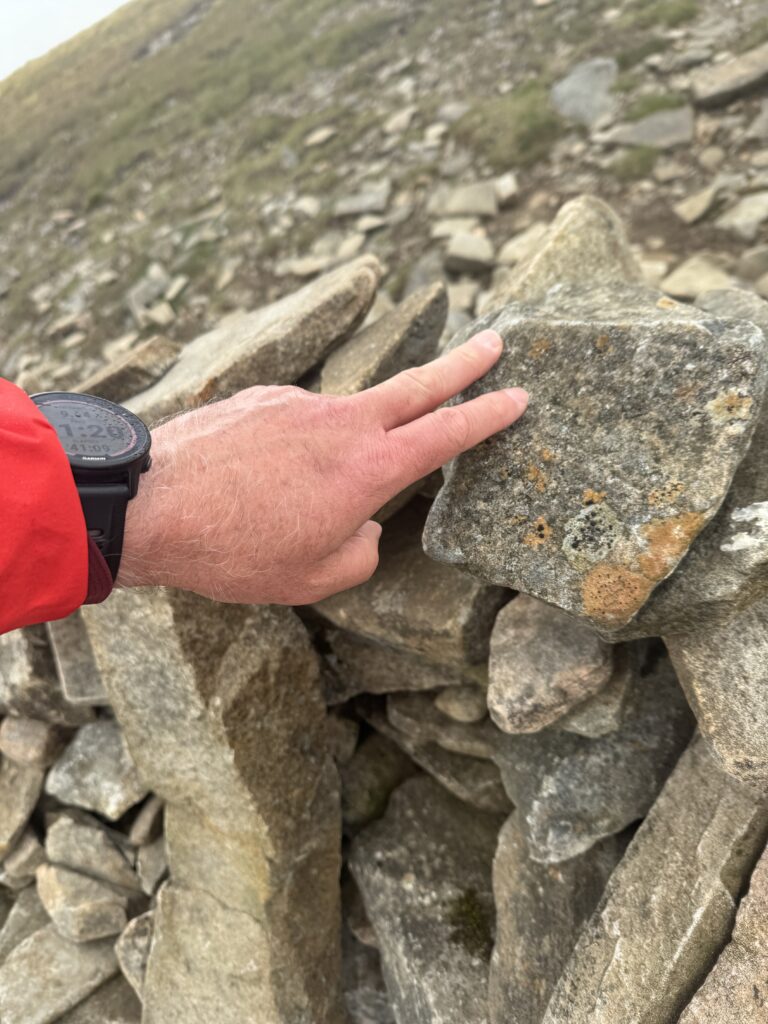
As the day went on, the low clouds, rain, and wind reduced visibility significantly, making it difficult to find the worn paths to the summits. On my way to Beinn Udlamain, Munro #3, I missed a path and was rewarded with a .7 mile “bonus”. Fortunately, I met a hiker who was also off course. We chatted and compared maps, and got back on track. But you’ll notice that tapping the cairn is now being done with gloves!
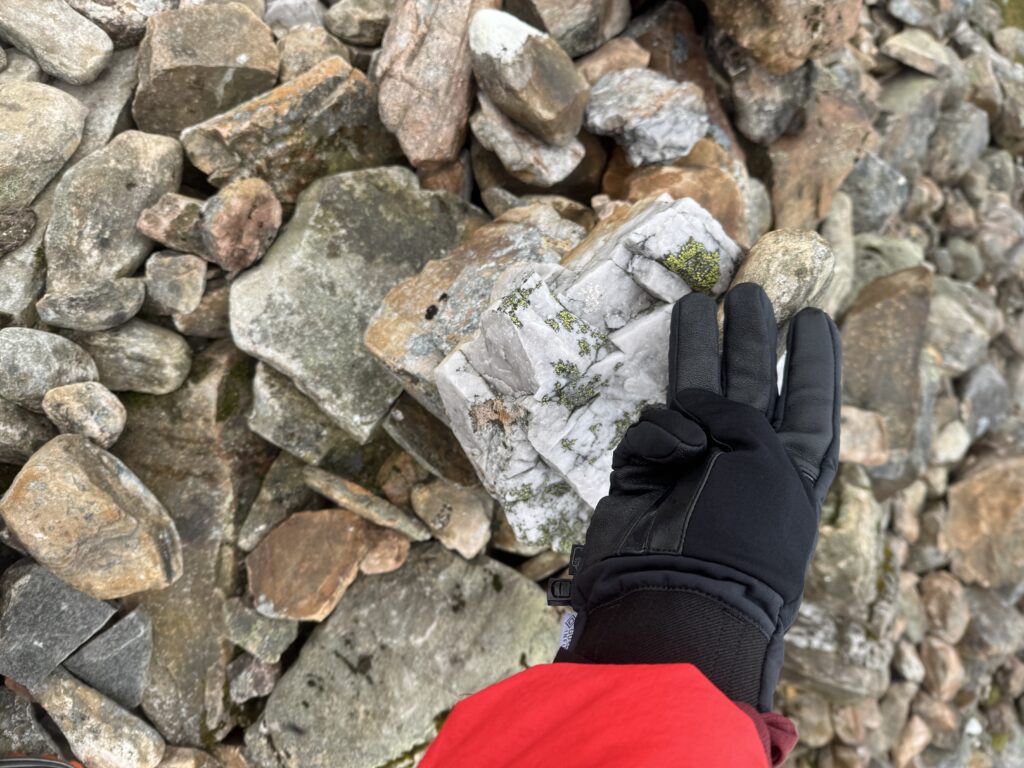
Coming off of Beinn Udlamain, I lost track of the path, and spent some quality time exploring the boggy hollows between the mountains. In hindsight, I see that the route map I was using was not tracking with actual path. I followed the map, and ultimately, that was a bad choice. I was lucky that I saw another hiker walking on a ridge parallel to me, and I realized I had been pretty close to the path, just moving parallel to it. I eventually caught up to him right before the final summit of the day: Sgàirneach Mhòr. I was really happy with my 4 Munros, and was super impressed when he mentioned that this was Munro number 100 for him!
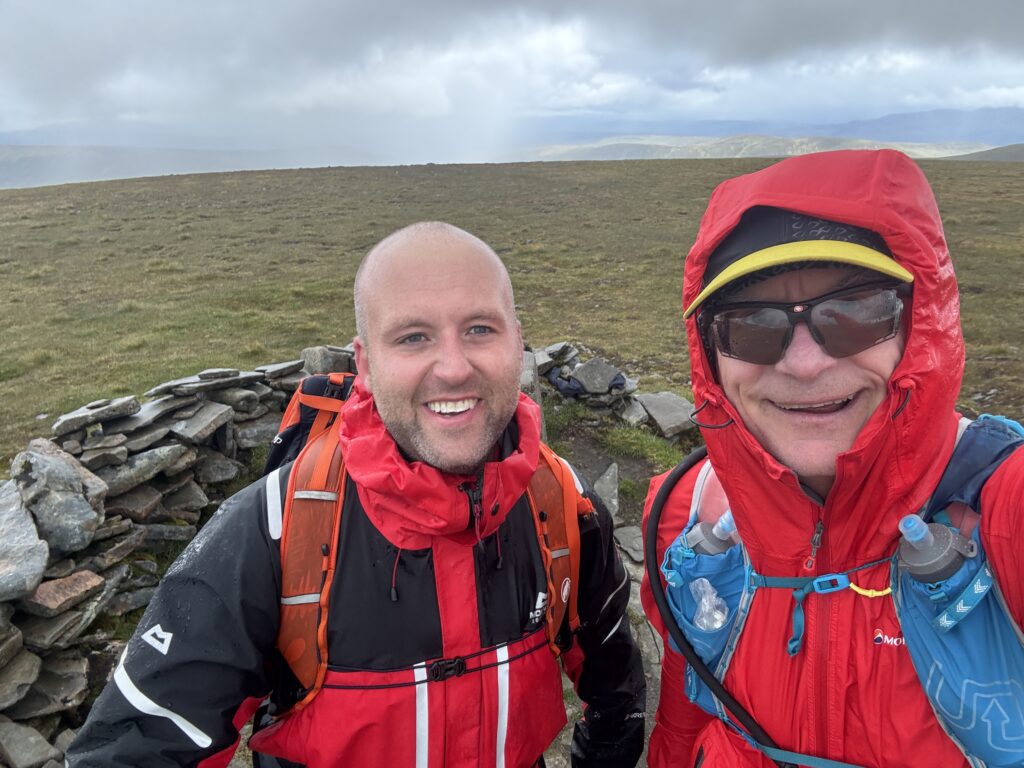
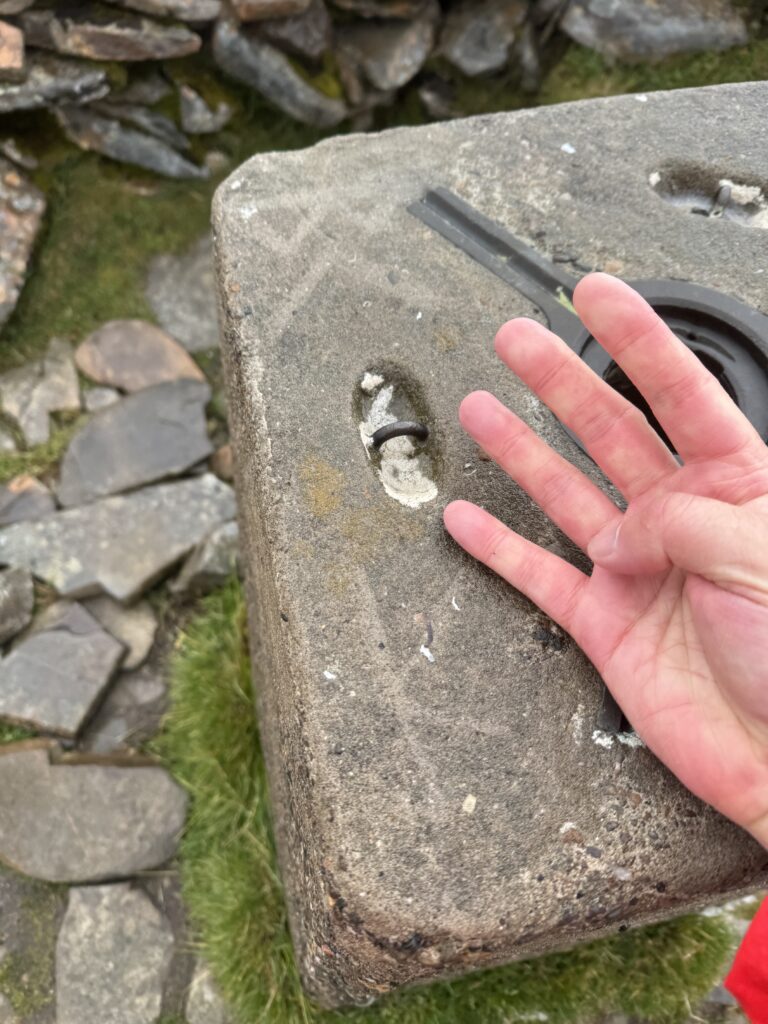
I had seen a number of small flocks of sheep during the day, but they mostly stayed far away. These two were a little more bold.
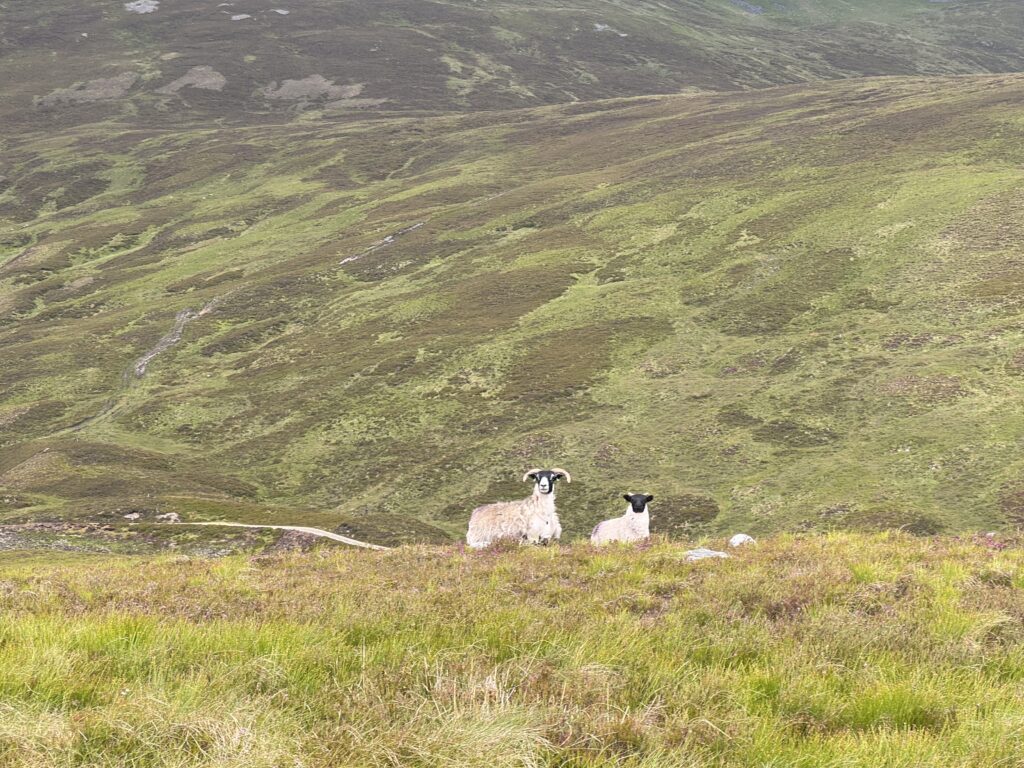
When I got out of the hills and back to the bike path, I realized that I only had an hour and 50 minutes before my train departed, and I was still more than 7 miles away from The Apiary – where I needed to collect my clothes and buy some food. So after running 17+ miles in the freezing mountains, I had the “opportunity” to run a 10k for time. Thankfully the rain had stopped, and I got back to The Apiary, and the train station in time. On the train I took a wet-wipe “shower” in the bathroom, and changed back into dry clothes – and then back to my seat for a sausage roll and a chicken pasty.
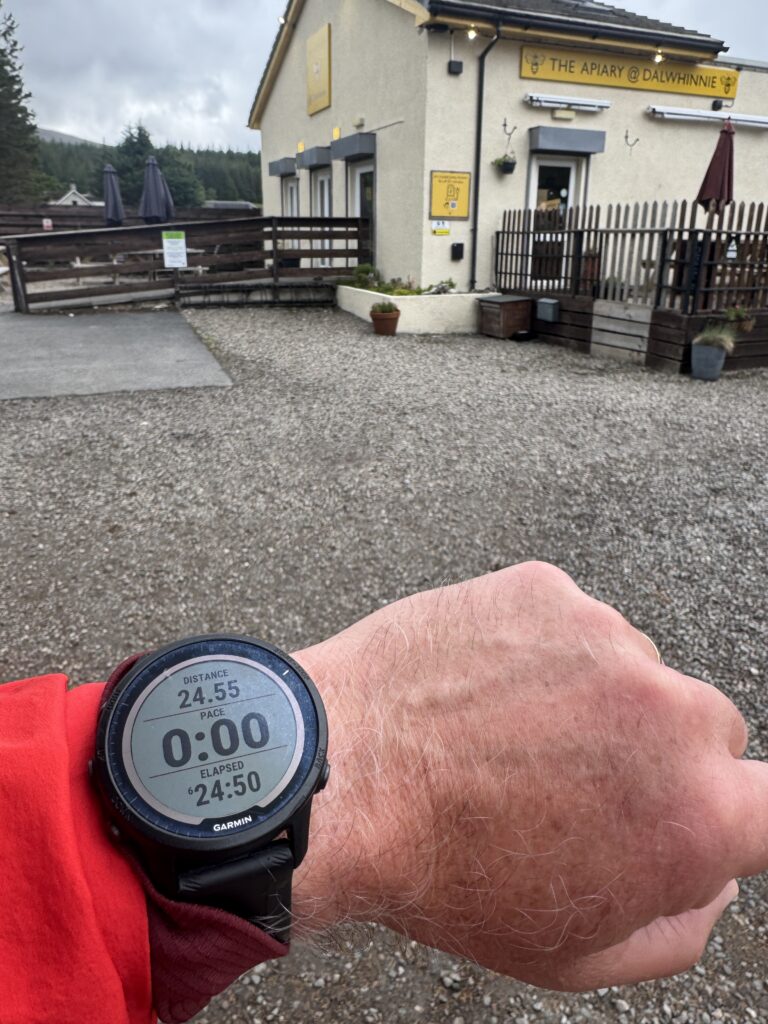
Total distance was 24.55, in 6:24:50. Elevation gain was 5,597 ft.
For calories, I ran with Infinit’s :PREMIUM Fructose Fuel, with 120g of carbs per hour. I’m completely sold on the “high carb revolution”. I never felt hungry, and at the end of a very hard day in the hills to run a solid 10k.
Special thanks to the folks at The Apiary for accommodating me, and the yummy food. And a shout out to Jacob Snochowski for helping me out with logistical advice. And of course – thanks to my family for putting up with my shenanigans!
